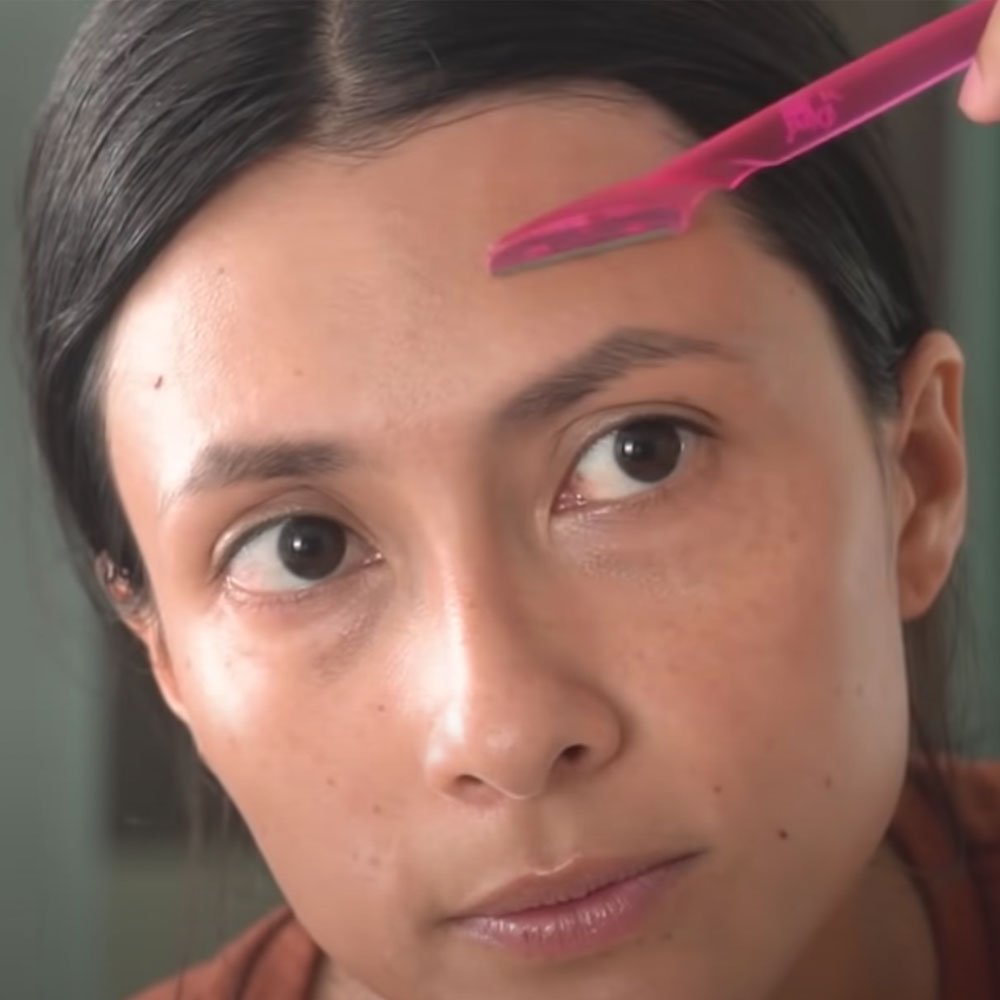Dermaplaning at home has become a popular skincare treatment, celebrated for its ability to exfoliate the skin and remove fine facial hair, resulting in a smoother and more radiant complexion. While this treatment is often associated with professional spa services, many skincare enthusiasts are discovering the benefits of performing dermaplaning in the comfort of their own homes. With the right tools and techniques, anyone can enjoy the benefits of this treatment without the need for an expensive salon visit.
For those new to dermaplaning, it's important to understand what this process entails. Dermaplaning is a non-invasive exfoliation method that involves using a sterile surgical scalpel to gently scrape away the top layer of dead skin cells and peach fuzz. This process not only enhances the absorption of skincare products but also promotes a brighter and more even skin tone. It's a simple yet effective way to achieve a spa-like glow at home.
Before diving into the world of dermaplaning at home, it's crucial to gather the necessary tools and knowledge to ensure a safe and effective experience. From choosing the right dermaplaning tool to understanding the proper technique, there are several factors to consider. With a little preparation and practice, you can achieve professional-level results without leaving your bathroom.
What is Dermaplaning and How Does it Work?
Dermaplaning is a manual exfoliation technique that involves gently scraping off the outermost layer of skin, which consists of dead skin cells and fine vellus hair, often referred to as peach fuzz. This process is performed using a sterile surgical scalpel or a specialized dermaplaning tool designed for home use. The blade is held at a 45-degree angle and lightly glided across the skin's surface, revealing a smoother and brighter complexion.
Why Choose Dermaplaning at Home?
There are several reasons why individuals choose to perform dermaplaning at home:
- Cost-Effective: By dermaplaning at home, you can save money on professional treatments.
- Convenience: You can perform the treatment at your own pace and in the comfort of your home.
- Customization: Tailor the process to your specific skincare needs and preferences.
- Instant Results: Experience immediate improvements in skin texture and appearance.
What Tools Do You Need for Dermaplaning at Home?
To achieve successful dermaplaning results at home, you'll need the following tools:
- Dermaplaning Tool: Look for a high-quality dermaplaning tool with a sharp, sterile blade.
- Cleanser: Use a gentle cleanser to remove makeup and impurities before you begin.
- Toner: Prep your skin with a toner to ensure it's completely clean.
- Moisturizer: Hydrate your skin after dermaplaning to lock in moisture.
- Sunscreen: Protect your freshly exfoliated skin with SPF to prevent sun damage.
How to Properly Perform Dermaplaning at Home?
Follow these steps to effectively dermaplane at home:
- Cleanse Your Skin: Start with a gentle cleanser to remove makeup and oil.
- Prep with a Toner: Apply a toner to ensure your skin is completely clean and free of residue.
- Start Dermaplaning: Hold the dermaplaning tool at a 45-degree angle and gently glide it across your skin in short, upward strokes.
- Avoid Sensitive Areas: Be cautious around delicate areas, such as the eyes and lips.
- Moisturize: After dermaplaning, apply a nourishing moisturizer to soothe and hydrate your skin.
- Apply Sunscreen: Finish with sunscreen to protect your skin from UV damage.
Are There Any Risks Associated with Dermaplaning at Home?
While dermaplaning at home is generally safe, there are some potential risks to be aware of:
- Skin Irritation: Using a dull or unsterilized blade can cause irritation or nicks.
- Infection: Properly sterilize your tools to avoid introducing bacteria to the skin.
- Sun Sensitivity: Freshly exfoliated skin is more susceptible to sun damage, so always apply sunscreen.
How Often Should You Dermaplane at Home?
The frequency of dermaplaning at home can vary depending on your skin type and personal preferences. Generally, it's recommended to perform dermaplaning every 3-4 weeks to allow the skin time to regenerate and prevent over-exfoliation. However, always listen to your skin and adjust the frequency as needed.
What Are the Benefits of Dermaplaning at Home?
Dermaplaning at home offers a range of benefits, including:
- Smoother Skin: Enjoy a smoother complexion with improved texture.
- Enhanced Product Absorption: Skincare products penetrate more effectively after dermaplaning.
- Even Skin Tone: Reduce the appearance of hyperpigmentation and uneven skin tone.
- Instant Results: Experience immediate improvements in the appearance of your skin.
Conclusion: Is Dermaplaning at Home Right for You?
Dermaplaning at home can be a rewarding addition to your skincare routine, offering professional-level results without the expense of salon visits. With the right tools, technique, and precautions, you can achieve a radiant and smooth complexion from the comfort of your own home. Whether you're seeking to improve skin texture, enhance product absorption, or achieve an overall glow, dermaplaning at home is a versatile and effective solution worth considering.




